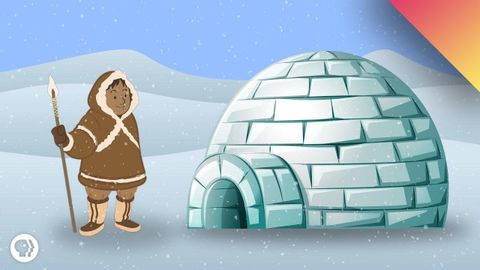
Subtitles & vocabulary
How An Igloo Keeps You Warm
00
PC home posted on 2017/10/17Save
Video vocabulary
stuff
US /stʌf/
・
UK /stʌf/
- Uncountable Noun
- Generic description for things, materials, objects
- Transitive Verb
- To push material inside something, with force
B1
More figure
US /ˈfɪɡjɚ/
・
UK /ˈfiɡə/
- Verb (Transitive/Intransitive)
- To appear in a game, play or event
- To calculate how much something will cost
- Noun
- Your body shape
- Numbers in a calculation
A1TOEIC
More adorable
US /əˈdɔrəbəl,əˈdor-/
・
UK /əˈdɔ:rəbl/
- Adjective
- Lovable or appealing, e.g. like a cute child
B2
More Use Energy
Unlock All Vocabulary
Unlock pronunciation, explanations, and filters
